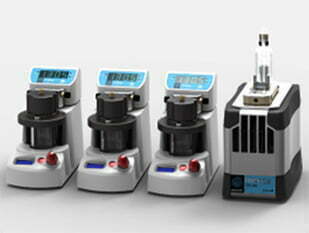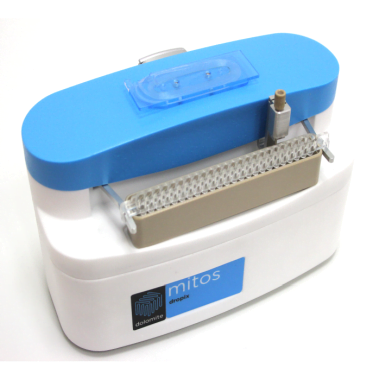Microfluidic technology & benefits
Microfluidics, also known as a ‘lab-on-a-chip’, enables the precise control, manipulation and analysis of fluids in the microlitre to picolitre range. Furthermore, it allows the manipulation of living matter by mixing, separating and handling different components at a microscale.
Dolomite is pioneering the use of microfluidic devices for small-scale fluid control and analysis, enabling engineers and scientists to take full advantage of the following benefits (results may vary):
| Traditional methods | Microfluidic method | ||
|---|---|---|---|
| Cell Encapsulation | ~30% | ~100% | |
| How much of the sample volume or reagent is used during the production? | |||
| Coefficient of variation (CV) | ~20% | ~5% | |
| Describes the standard deviation from the mean particle size. | |||
| Reagent Distribution | Broad | Narrow | |
| Number of cells (by mass) according to the droplet size. | |||
| Waste | ~50% | Near 0% | |
| The number of overall cells/beads produced to the specification required vs. the number of cells/beads not meeting required specification and going to waste. | |||
| Reproducibility | Low | High | |
| The ability for the entire experiment to be duplicated and receive the same results. | |||
| Surfactant Mixing | Uneven | Homogenous | |
| The level to which immiscible surfactants are distributed throughout the droplet produced. | |||
| Droplet Size Control | Poor | Precise |





